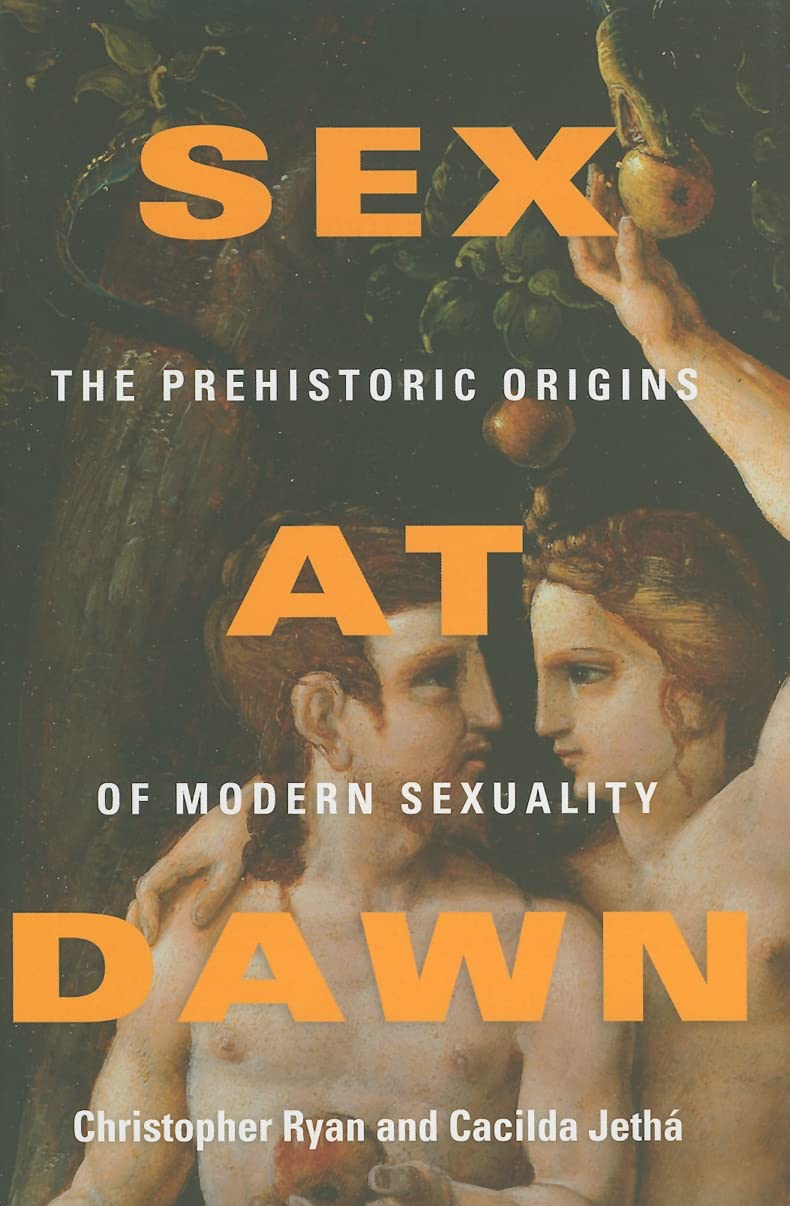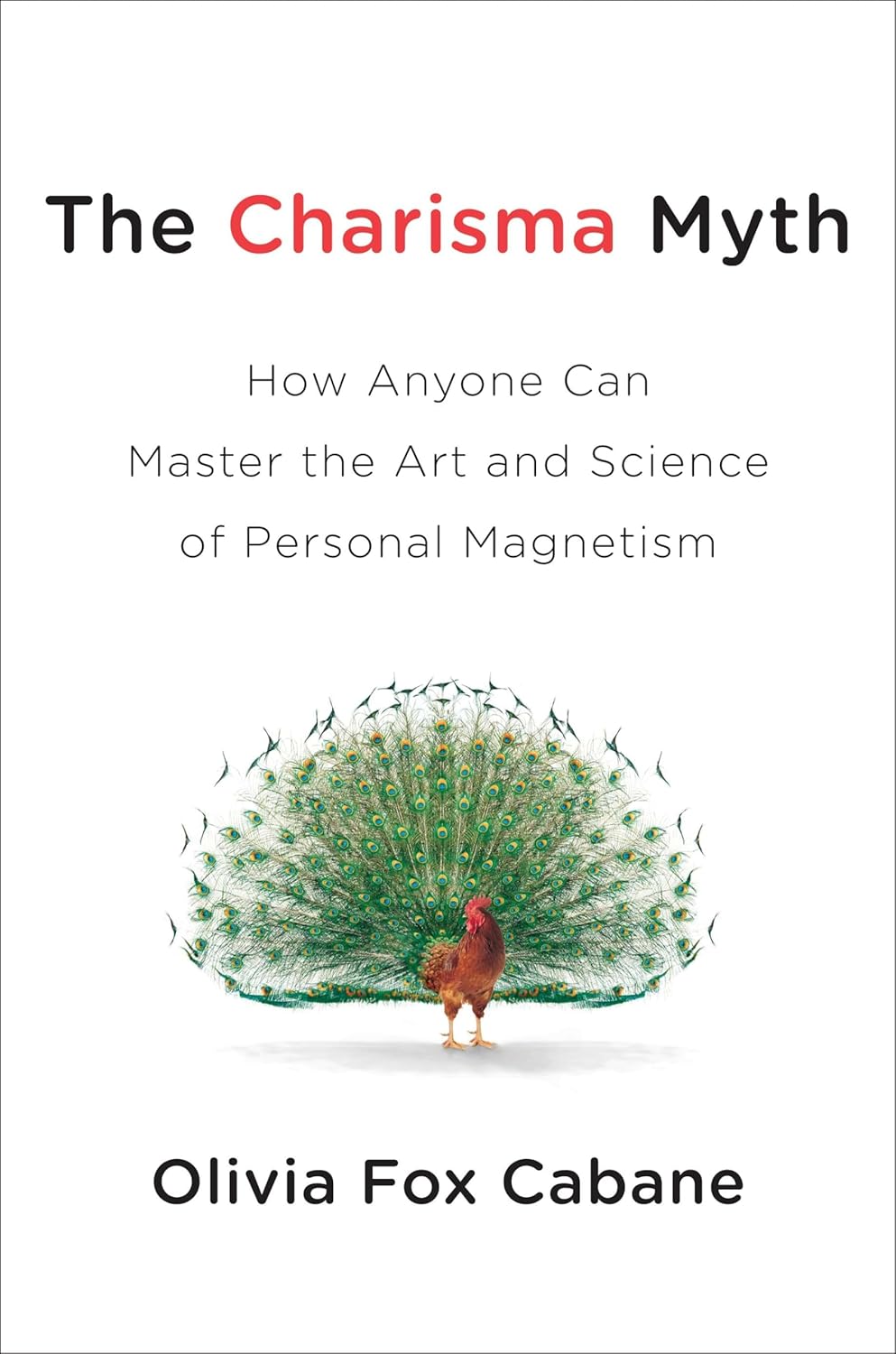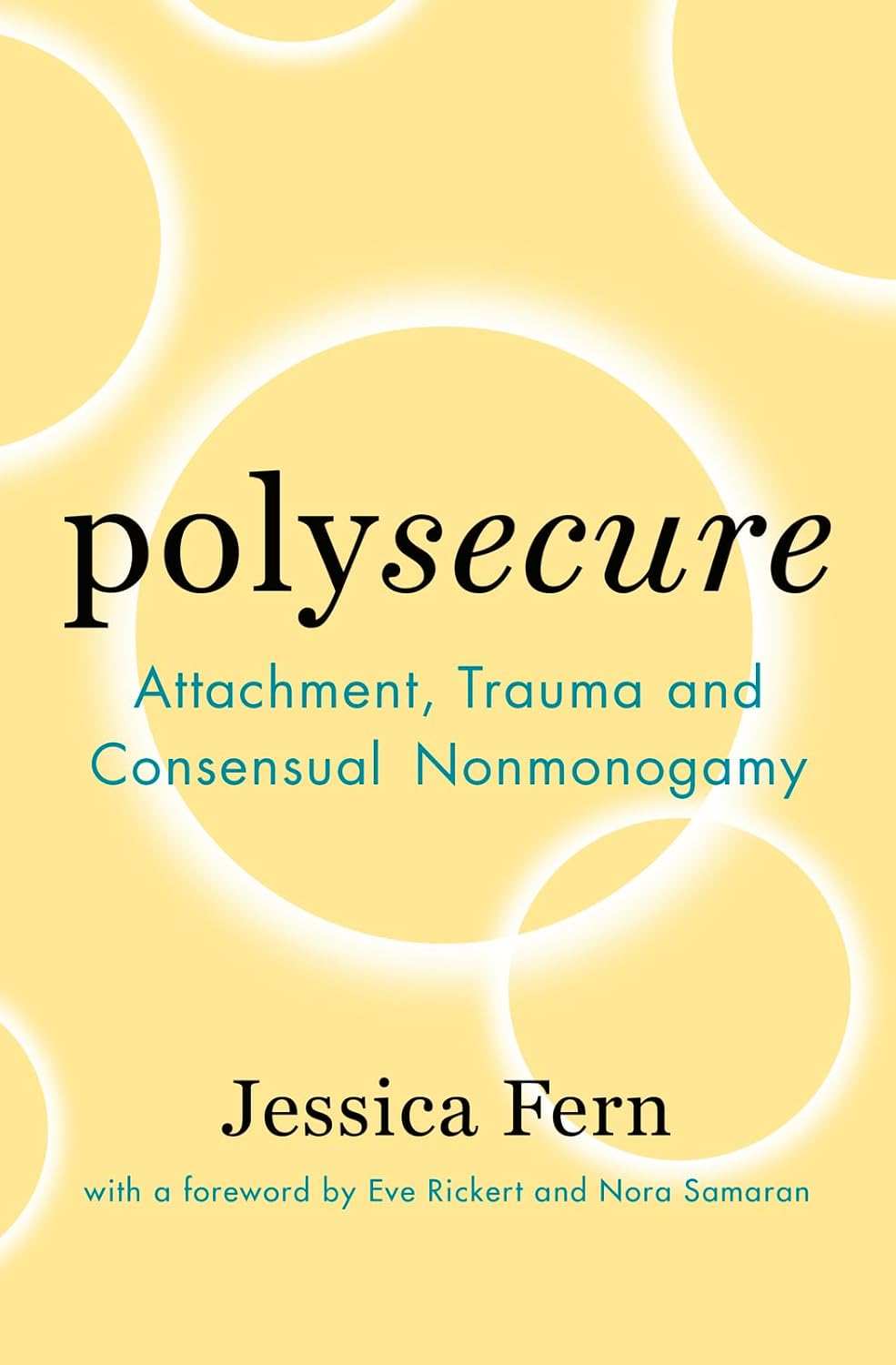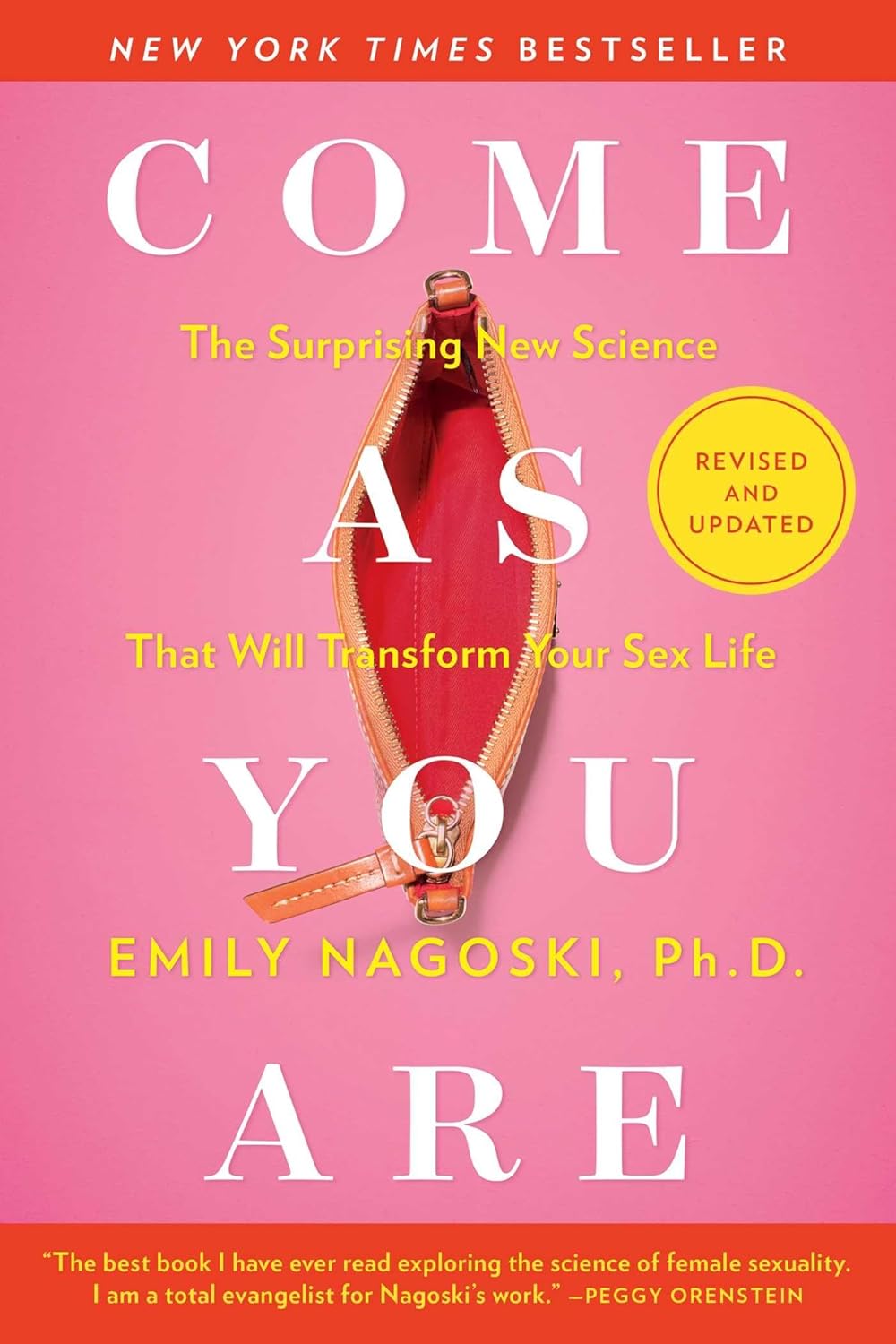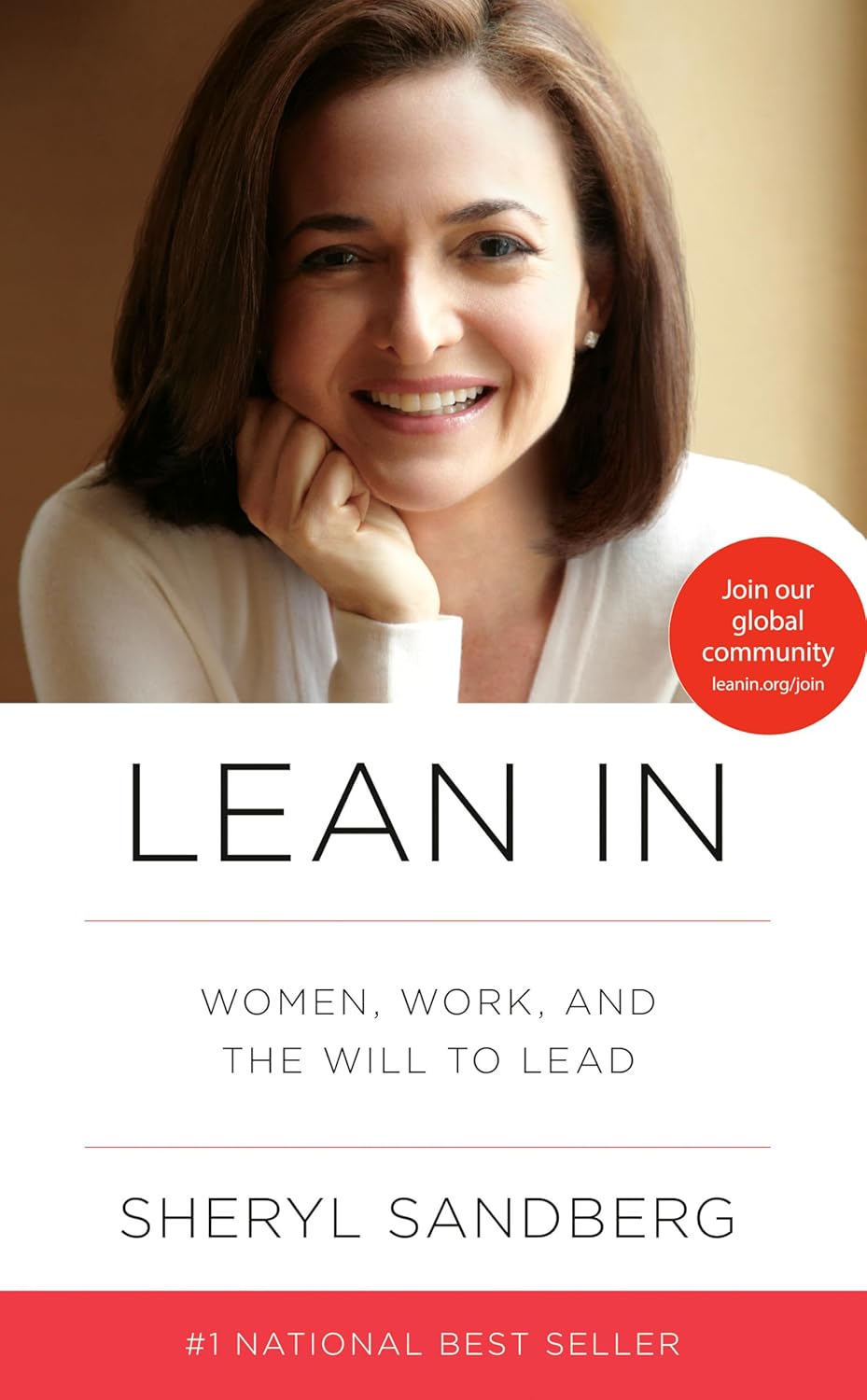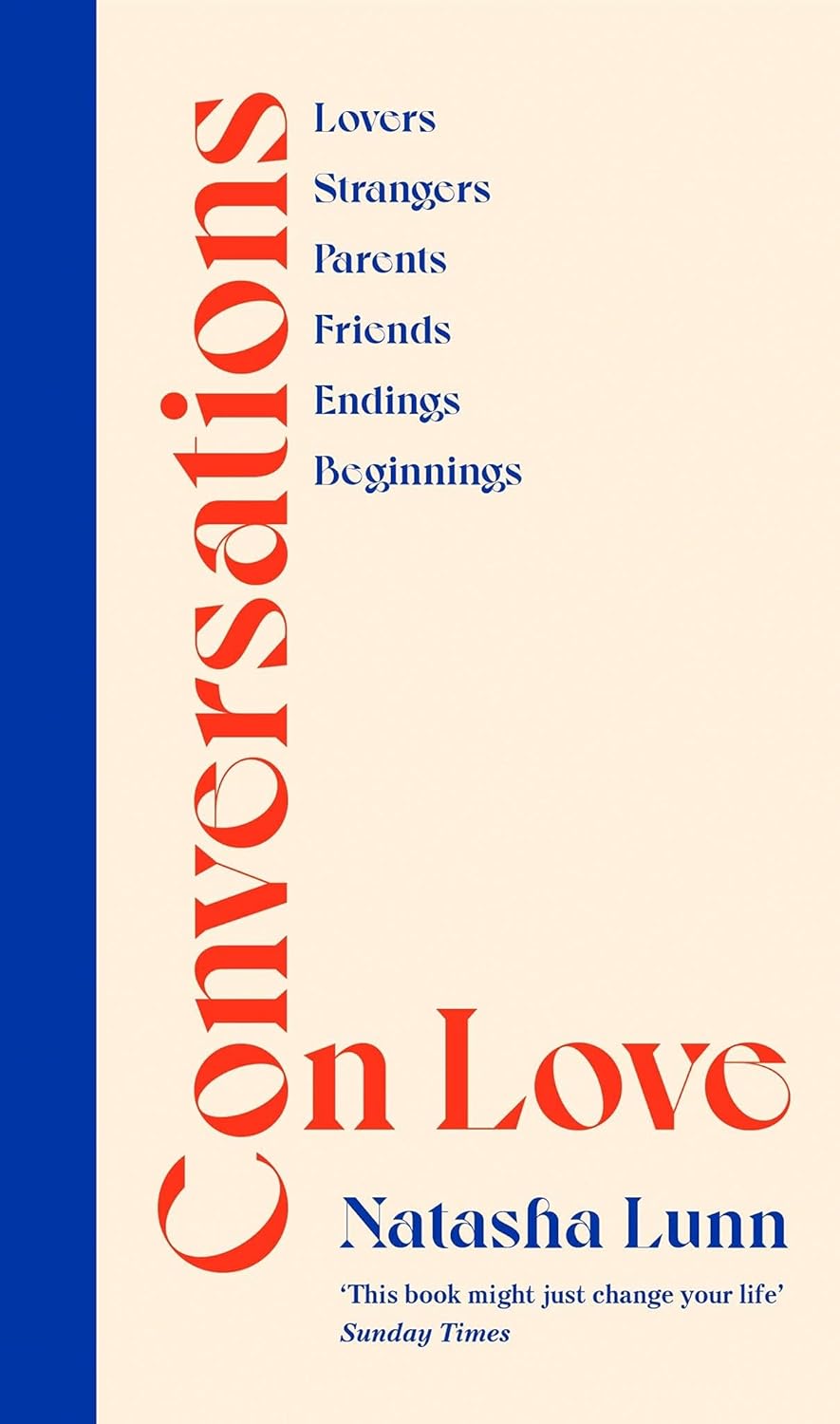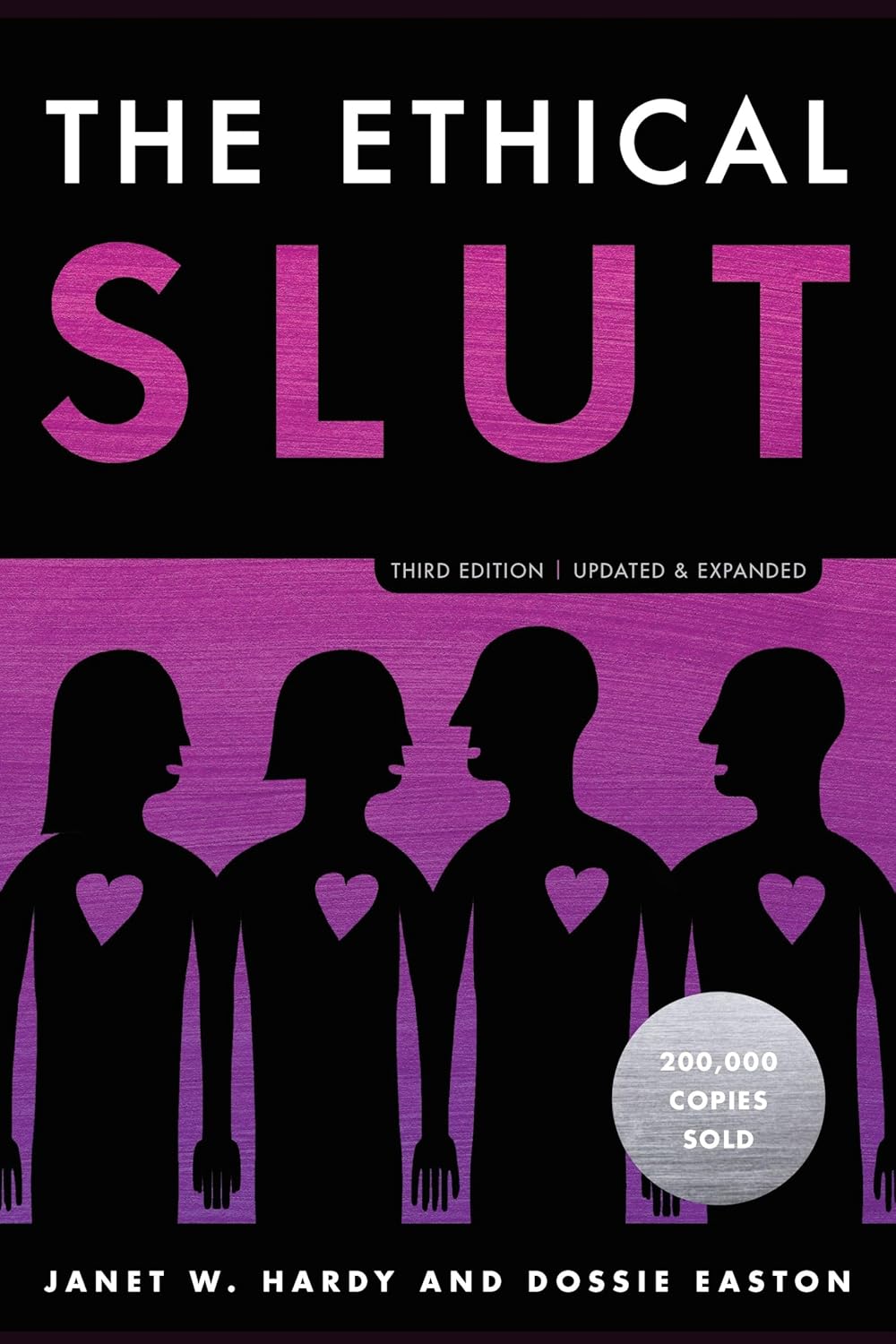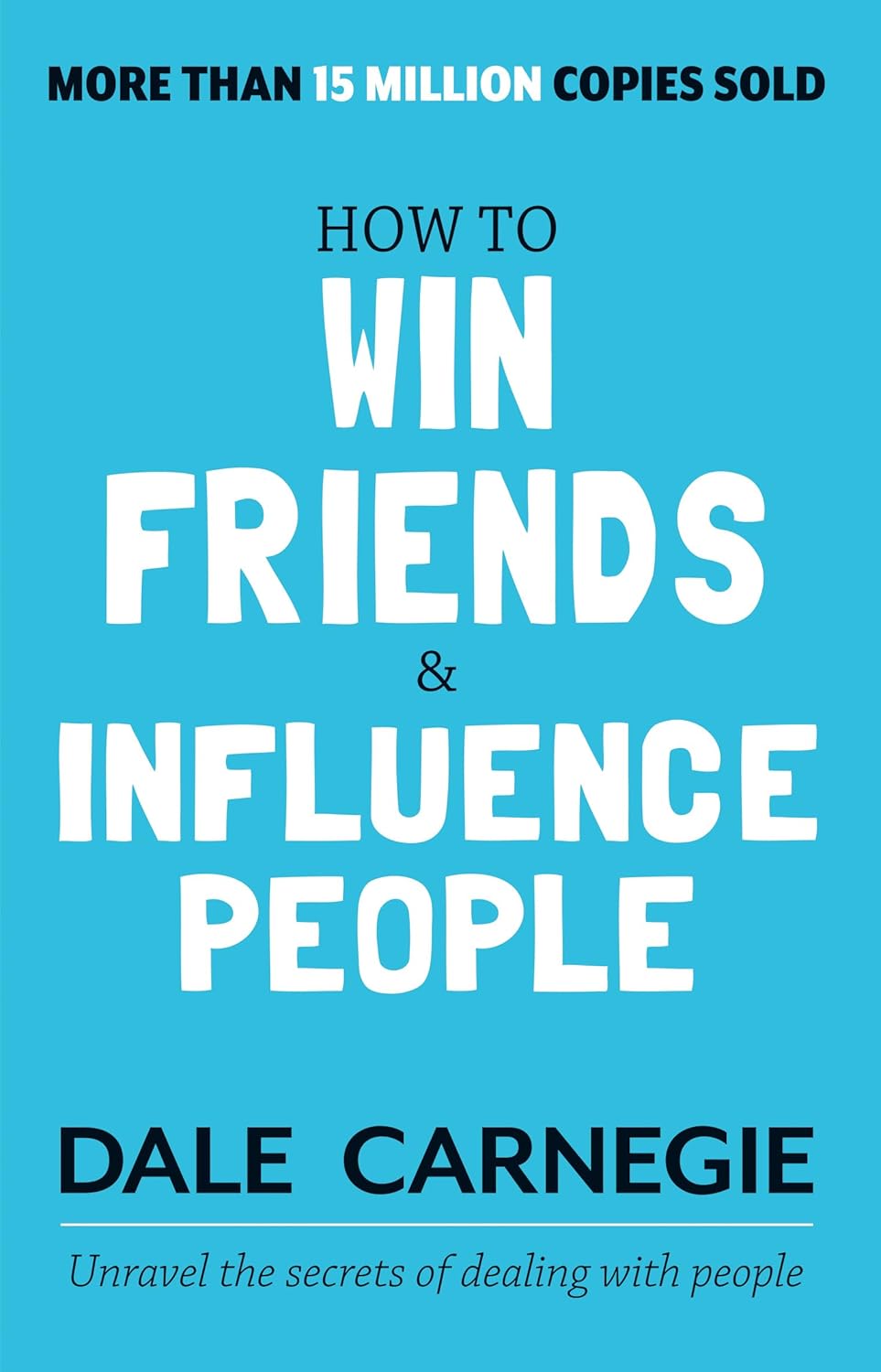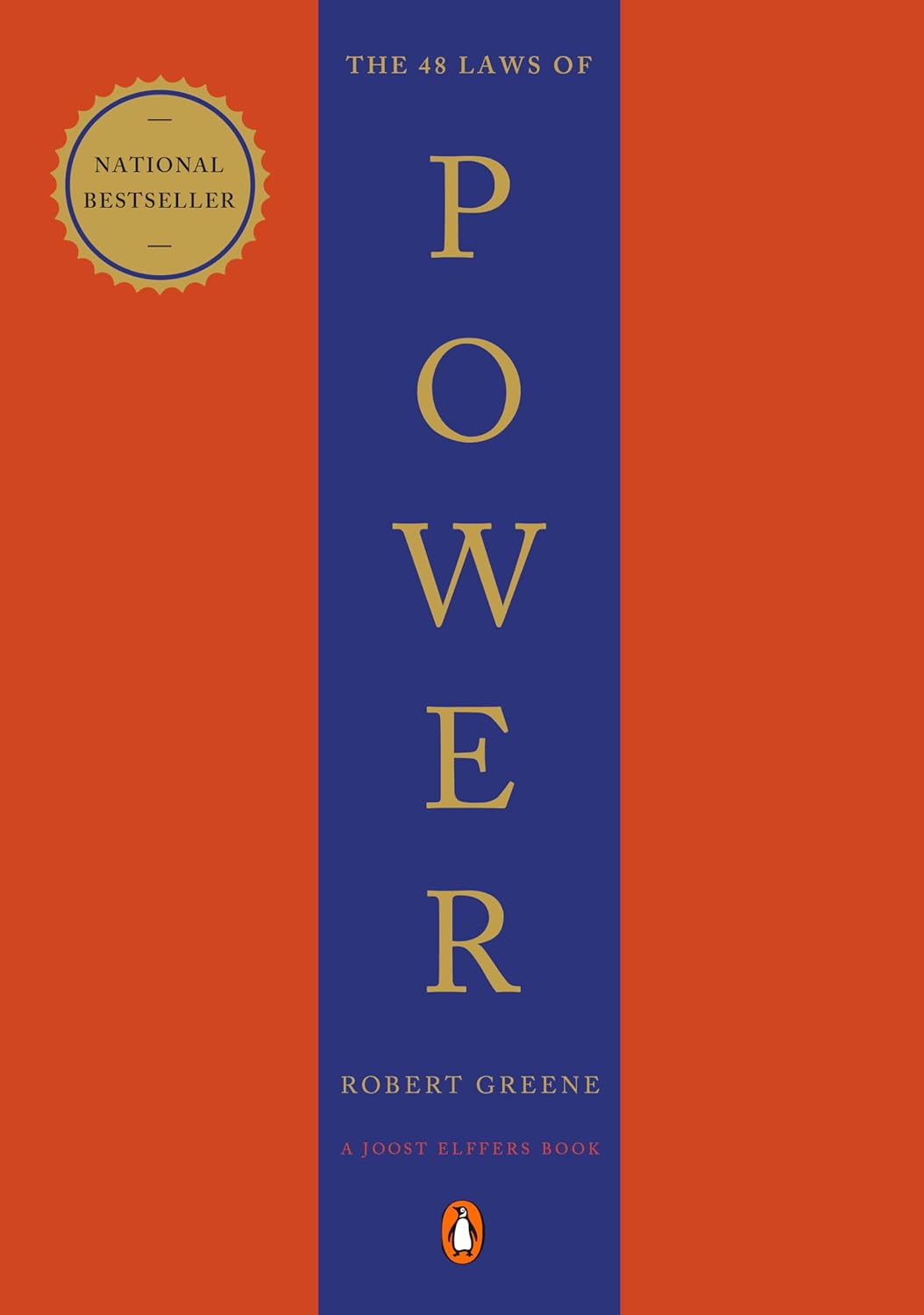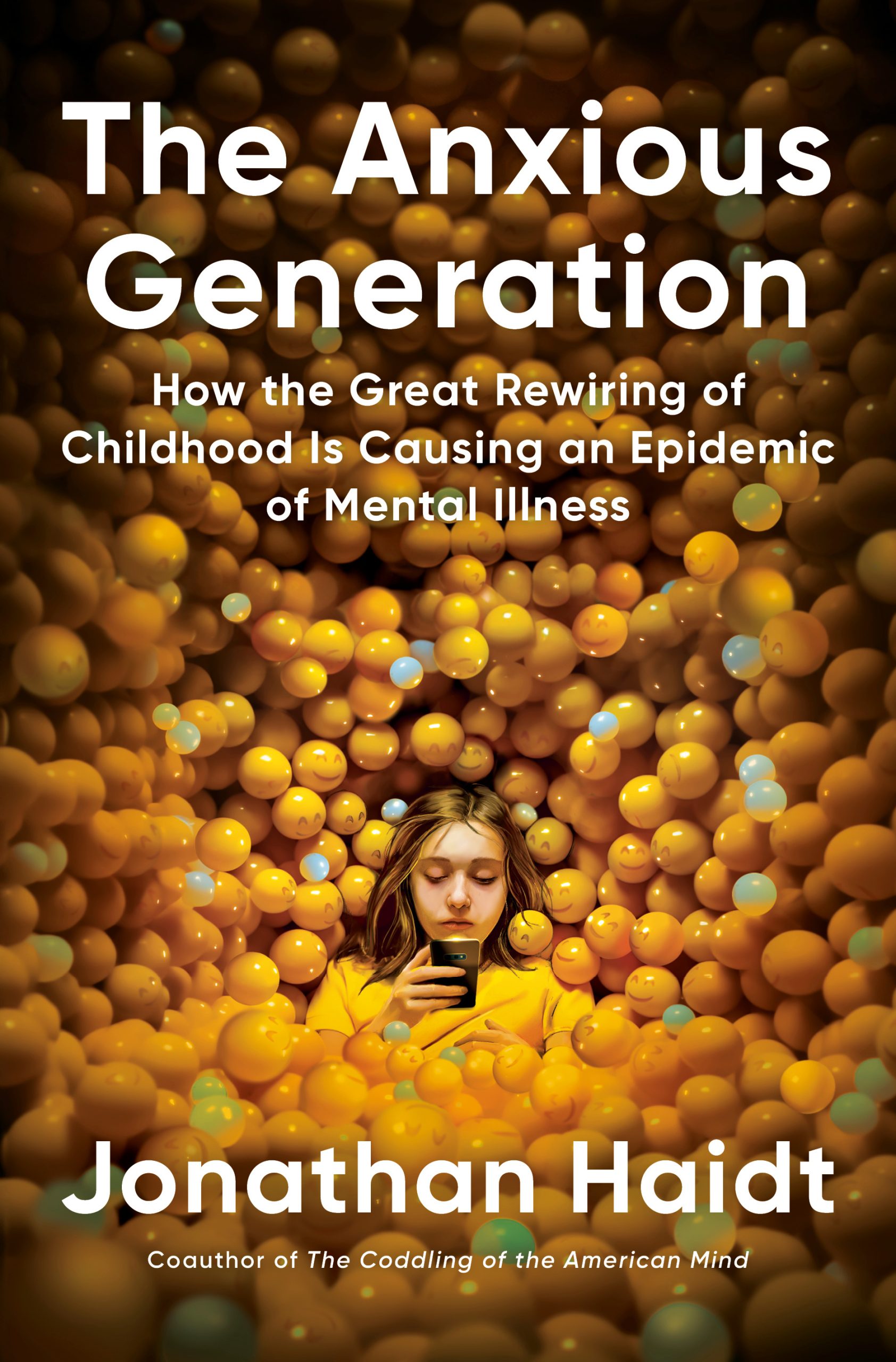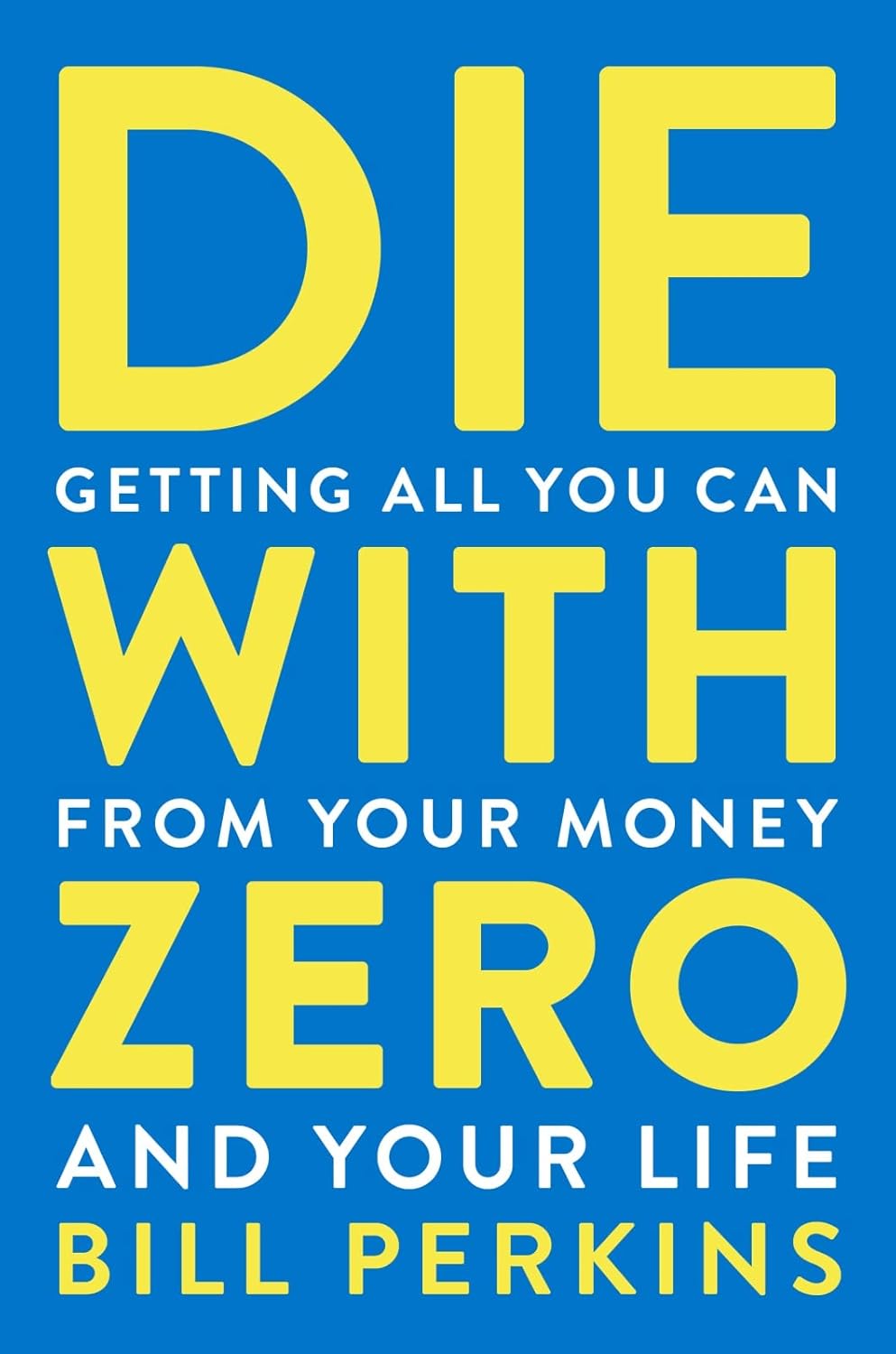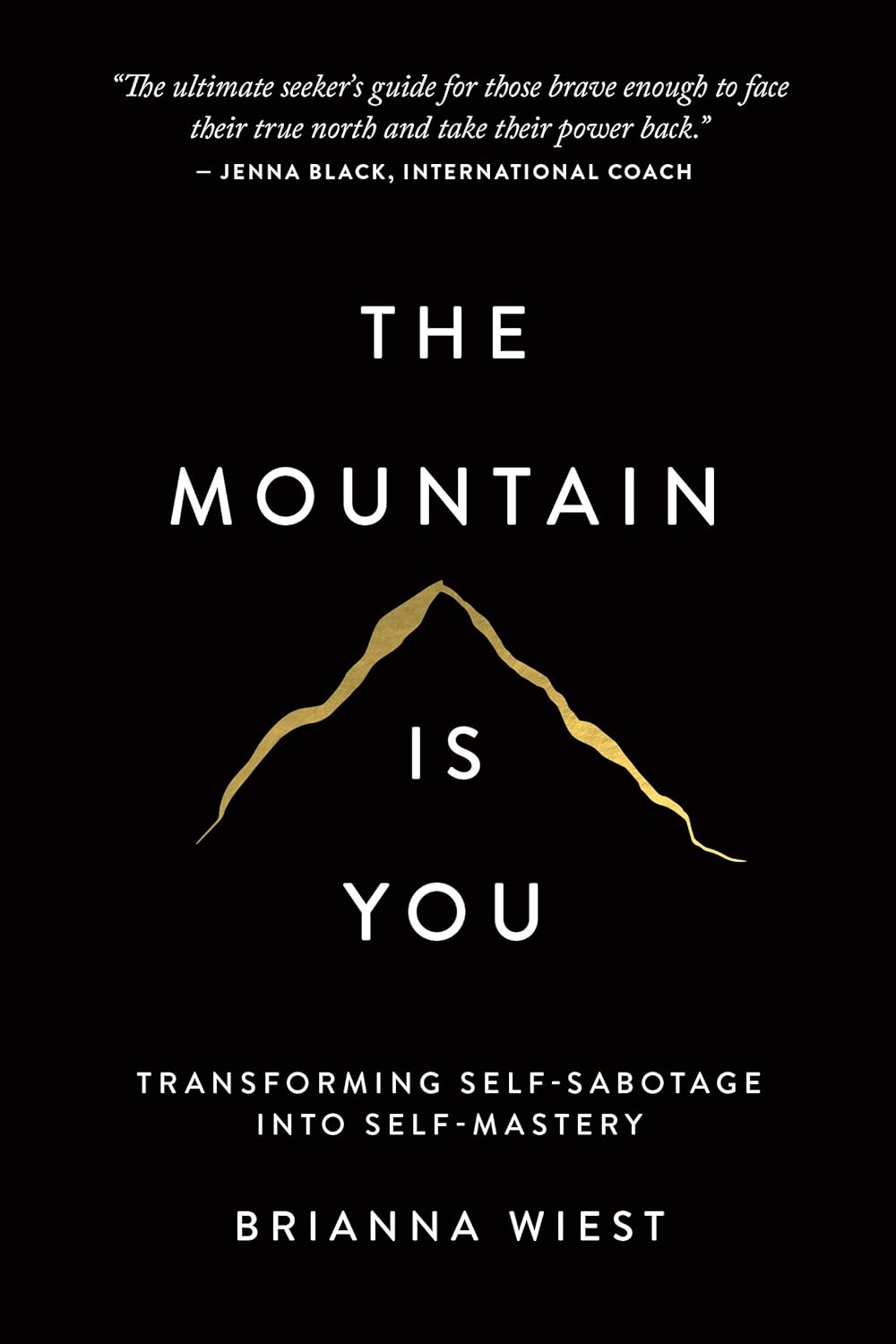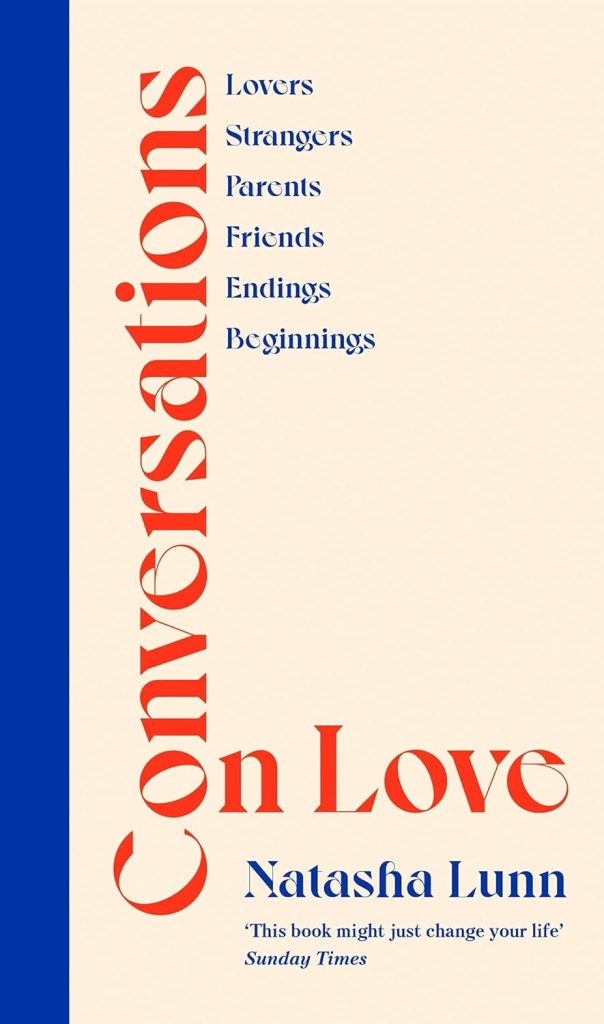
Buy The Book
Chapter
- Part 1. How do we find love?
- ✦ Chapter 1 – Romantic Fantasy vs Reality
- ✦ Chapter 2 – The Unbearable Unknown
- ✦ Chapter 3 – Looking Out
- Part 2. How do we sustain love?
- ✦ Chapter 4 – The Honeymoon Phase
- ✦ Chapter 5 – The Seasons of Friendship
- ✦ Chapter 6 – The Work of Re-seeing
- Part 3. How can we survive losing love?
- ✦ Chapter 7 – The Loss of the Imagined Future
- ✦ Chapter 8 – A Leap of Faith
Conversations on Love
About
This work delves into the intricate tapestry of human relationships, examining love in its various forms—romantic, familial, platonic, and self-love. Through a series of candid and thought-provoking conversations with writers, thinkers, and creatives, it dissects the emotional highs and lows of love, as well as the lessons learned along the way. Each chapter offers a unique perspective, weaving together personal stories, philosophical insights, and gentle advice to create a nuanced portrait of love’s enduring power and complexity. Poignant, relatable, and profound, it encourages readers to reflect on their own experiences, fostering a deeper appreciation for the connections that shape our lives.
The author, Natasha Lunn, is a journalist and editor who specializes in exploring human relationships. Known for her thoughtful and empathetic writing, she brings a keen eye for storytelling and a deep curiosity about what makes us connect.
For People
– Seekers of emotional growth
– Fans of relationship-focused literature
– Reflective thinkers curious about love
– Readers navigating personal connections
– Lovers of introspective and philosophical works

Spark
Review
Like this
Part 1. How do we find love?
✦ Chapter 1 – Romantic Fantasy vs Reality
Fairy-tale ideals often shape expectations of love, creating a vision where passion never fades and understanding comes effortlessly. But when romance meets reality, the picture shifts—love is not a flawless script but an evolving connection that demands patience and resilience. Fantasies of perfect harmony can make imperfections feel like failures, yet real intimacy grows through shared struggles, not in spite of them.
Longing for an all-consuming connection can lead to disappointment when the initial euphoria settles into a quieter, more complex bond. The desire for certainty in love often clashes with the unpredictability of human emotions. Rather than seeking a partner who completes every missing piece, love flourishes when both remain distinct yet deeply connected.
Doubts, misunderstandings, and moments of emotional distance are not signs of failure but natural aspects of any close relationship. The notion that love should always feel effortless ignores the reality that two individuals bring their own histories, fears, and desires into the relationship. Growth happens in the discomfort of not always being perfectly aligned.
Choosing love means embracing its uncertainties, allowing space for both excitement and disappointment. The challenge is not to find someone who never falters, but to accept that love is an ongoing process—one that deepens through time, communication, and mutual care. The grand, cinematic portrayal of love may be intoxicating, but true connection is found in the small, everyday gestures that build trust and understanding.
Rather than seeing love as a fixed state to achieve, it becomes something to nurture continuously. Allowing love to be imperfect does not diminish its worth; it makes it real. Fantasy may promise perfection, but reality, with all its messiness, holds a depth that no illusion can match.
✦ Chapter 2 – The Unbearable Unknown
Uncertainty is an unavoidable aspect of love—whether in its beginning, its evolution, or its possible end. The fear of not knowing where a relationship is headed, or how deeply another person truly feels, can be unsettling. Yet, love thrives not in absolute certainty, but in the willingness to step forward despite the unknown.
Seeking reassurance can become an instinct, a way to quiet the discomfort of doubt. But no promise, no matter how sincere, can eliminate the unpredictability of human emotions. Love does not come with guarantees; it is built in the space between trust and risk. The desire for control, for a definitive answer, can stifle the very thing that makes love meaningful—its ability to grow in unexpected ways.
The need to avoid pain often leads to hesitation, a reluctance to open fully for fear of loss or rejection. But love cannot be experienced from a distance; it requires vulnerability. The unknown may bring heartbreak, but it also holds the possibility of deeper connection, of discovering something that could never be planned or predicted.
Trying to safeguard against uncertainty often leads to avoidance—of conversations, of difficult emotions, of the full depth of intimacy. But real closeness comes from facing these unknowns together, from being willing to sit with doubt rather than run from it.
Instead of treating love as something to be secured and protected from change, it can be embraced as something fluid, something that exists in motion. Letting go of the need for absolute certainty does not mean surrendering to chaos; it means allowing love to unfold naturally, without forcing it into a predetermined shape. Love’s beauty lies not in knowing its future, but in choosing it despite not knowing.
✦ Chapter 3 – Looking Out
Love is often imagined as an intimate, inward-looking experience—two people locked in a world of their own. But love expands when attention turns outward, when connection stretches beyond the confines of a romantic bond. The deepest relationships are not built in isolation; they are strengthened by engagement with the world.
A relationship can become suffocating when it exists in a vacuum, when every need is expected to be met by one person alone. Love does not diminish when space is given for friendships, passions, and experiences beyond the relationship—it deepens. The more each person remains open to life beyond the couple, the more they have to bring back to each other.
Love should not be a retreat from the world but a way of moving through it together. Witnessing a partner in different contexts—among friends, in moments of creativity, in acts of kindness—reveals new dimensions of who they are. Love is not just what happens in private moments but also in how two people show up in the world, in how they support and challenge each other to be more than they were before.
When love is turned inward too intensely, it risks becoming fragile, too dependent on maintaining a sense of exclusivity. But when love is allowed to breathe—to exist alongside the richness of life beyond the relationship—it becomes more resilient. The strongest bonds are not those that shut the world out but those that remain open to it.
Instead of seeing love as a retreat into intimacy, it can be seen as something that flourishes in connection with the world. Love is not just about looking at each other—it is also about looking outward, growing not just together, but alongside everything else that life offers.
Part 2. How do we sustain love?
✦ Chapter 4 – The Honeymoon Phase
At the start of love, everything feels effortless—conversations flow, gestures feel grand, and every moment together carries a sense of magic. There’s an intoxication in discovering another person, in feeling truly seen, in believing that love will always feel this light, this exhilarating. The intensity of these early days creates the illusion that nothing could ever dull the connection.
But the nature of beginnings is that they cannot last forever. The rush of excitement eventually settles, and what once felt spontaneous starts requiring effort. Reality seeps in—flaws become clearer, differences emerge, and the intoxicating certainty of early love begins to waver. The shift can feel unsettling, as though something vital has been lost.
Yet, the fading of euphoria does not mean love is disappearing; it means it is evolving. What begins as an effortless spark must eventually transform into something more grounded, more enduring. The challenge is not to chase the intensity of the honeymoon phase but to recognize that love’s depth is not measured by constant exhilaration. True intimacy is not in the grand moments but in the quiet, everyday commitment to seeing and choosing each other, even when the initial glow has dimmed.
Rather than mourning the loss of those first intense feelings, love can be nurtured by embracing the shift—by finding meaning in the steady, unwavering presence of another. The real work of love begins after the honeymoon phase fades, when the choice to stay becomes deliberate rather than instinctive. Love is not meant to remain in a state of constant euphoria; it is meant to grow, to change, to deepen. The magic is not in preserving the beginning but in building something lasting beyond it.
✦ Chapter 5 – The Seasons of Friendship
Friendship moves through cycles, much like the changing seasons. Some connections feel like endless summers—effortless, warm, full of light. Others resemble autumn, where distance or change causes leaves of familiarity to fall away. There are winters too, when silence stretches long, when misunderstandings create frost between hearts. And then come the springs—moments of renewal, of reconnection, of feeling the ease of companionship return.
No friendship remains frozen in time. Lives shift, priorities change, and sometimes the rhythm that once felt natural begins to falter. The assumption that a true bond should always remain the same can create unnecessary grief when, inevitably, it evolves. The strength of friendship is found not in resisting change but in embracing it, in allowing space for both closeness and distance without fear that love has disappeared.
There are friendships that thrive in constancy, where presence is unwavering. Others survive in fragments—sporadic check-ins, brief but meaningful encounters. Neither is lesser; both hold value. The essence of friendship is not measured by frequency but by the depth of understanding that remains, even when time and space create gaps.
Letting go of rigid expectations allows friendships to breathe, to move naturally through their seasons without resentment. Some will return to bloom again; others will settle into memory, cherished for what they once were. Love in friendship does not demand permanence—it asks only for appreciation, for gratitude that at some point, two lives intertwined in a way that mattered.
Rather than mourning the friendships that change, space can be made to honor them, to trust that every season, whether fleeting or enduring, holds its own kind of beauty.
✦ Chapter 6 – The Work of Re-seeing
Familiarity can make love feel predictable, as though every detail of another person has already been mapped out. Over time, what once felt thrilling can settle into routine, and the sharpness of appreciation can dull. It becomes easy to believe that there is nothing new to discover, that love has shown all its layers. But love, like people, is never static—it is always shifting, always revealing new depths if given the chance.
Seeing another person fully requires effort, a conscious decision to look beyond assumptions and expectations. The danger of long-term love is not in losing passion but in forgetting to remain curious. The version of a partner known today is not the same as the one first met, nor the one they will become. Holding on to an outdated perception can create distance, as though love is directed at a memory rather than the person standing there now.
Re-seeing is intentional—it means noticing the small changes, the quiet growth, the ways in which both have evolved. It means asking questions instead of assuming answers, listening with fresh attention, allowing space for surprise. Love deepens not when it is taken for granted, but when it is continually rediscovered.
The work of love is not just in staying, but in choosing, again and again, to see with clarity, to appreciate anew. Stagnation is not inevitable; love does not have to fade into complacency. With effort, with attention, with an openness to witnessing change, love can remain vibrant, alive. The beauty of a long-lasting connection is not in its sameness, but in its ability to be seen, over and over, as something new.
Part 3. How can we survive losing love?
✦ Chapter 7 – The Loss of the Imagined Future
Love often carries not just the weight of the present but the promise of what could be. Dreams are built around shared futures—plans woven together with an unspoken certainty that they will unfold as imagined. When love is lost, it is not only the person who disappears but the life that was envisioned alongside them. The absence is not just in the present; it reaches forward into all the moments that were supposed to come.
Letting go is not just about accepting what has ended but mourning what will never be. The mind clings to the details of the imagined life—holidays that will not be taken, conversations that will never happen, a version of the future that now belongs to a parallel existence that no longer exists. The pain is not only in missing who was lost but in losing the version of oneself that existed in that shared future.
Moving forward does not mean erasing what was once hoped for. There is space to grieve, to honor the dreams that once felt certain, to acknowledge that love leaves an imprint even when it no longer remains. The challenge is not to forget but to allow new possibilities to emerge—to trust that even in the absence of the future once envisioned, another path can take shape.
Love does not always follow the trajectory expected. Some endings arrive too soon, some futures dissolve before they can be lived. But even in that loss, there is something to be carried forward—not just the grief, but the capacity to love again, to dream again, to believe that life will continue unfolding, even in ways that were never planned.
✦ Chapter 8 – A Leap of Faith
Love is never without risk. To open fully to another is to step into uncertainty, to make a choice without guarantees. The desire for certainty is strong—the need to know that love will last, that feelings will remain unchanged, that trust will never be broken. But love does not offer that kind of security; it asks for faith instead.
Fear of the unknown can hold love back, keeping hearts guarded, preventing the depth of intimacy that comes with true vulnerability. The temptation is to wait for reassurance, to seek proof that love will not end in heartbreak. But no amount of certainty can remove the fundamental truth that love is unpredictable. The only way to experience it fully is to surrender to its unpredictability—to step forward even when the outcome is unknown.
To love is to risk loss, to risk disappointment. But the alternative—holding back, refusing to trust, choosing safety over connection—leaves something essential unexplored. Love is not built on the absence of fear but on the willingness to move through it. The leap is not about knowing for certain where the landing will be, but about deciding that love itself is worth the fall.
There will always be reasons to hesitate, to protect against the possibility of pain. But love asks for courage—for the willingness to believe in something uncertain, to trust in something that may change, to let go of control and allow the experience to unfold. The leap is not about avoiding risk; it is about embracing it, knowing that even if love does not last forever, the act of loving is always worth it.







